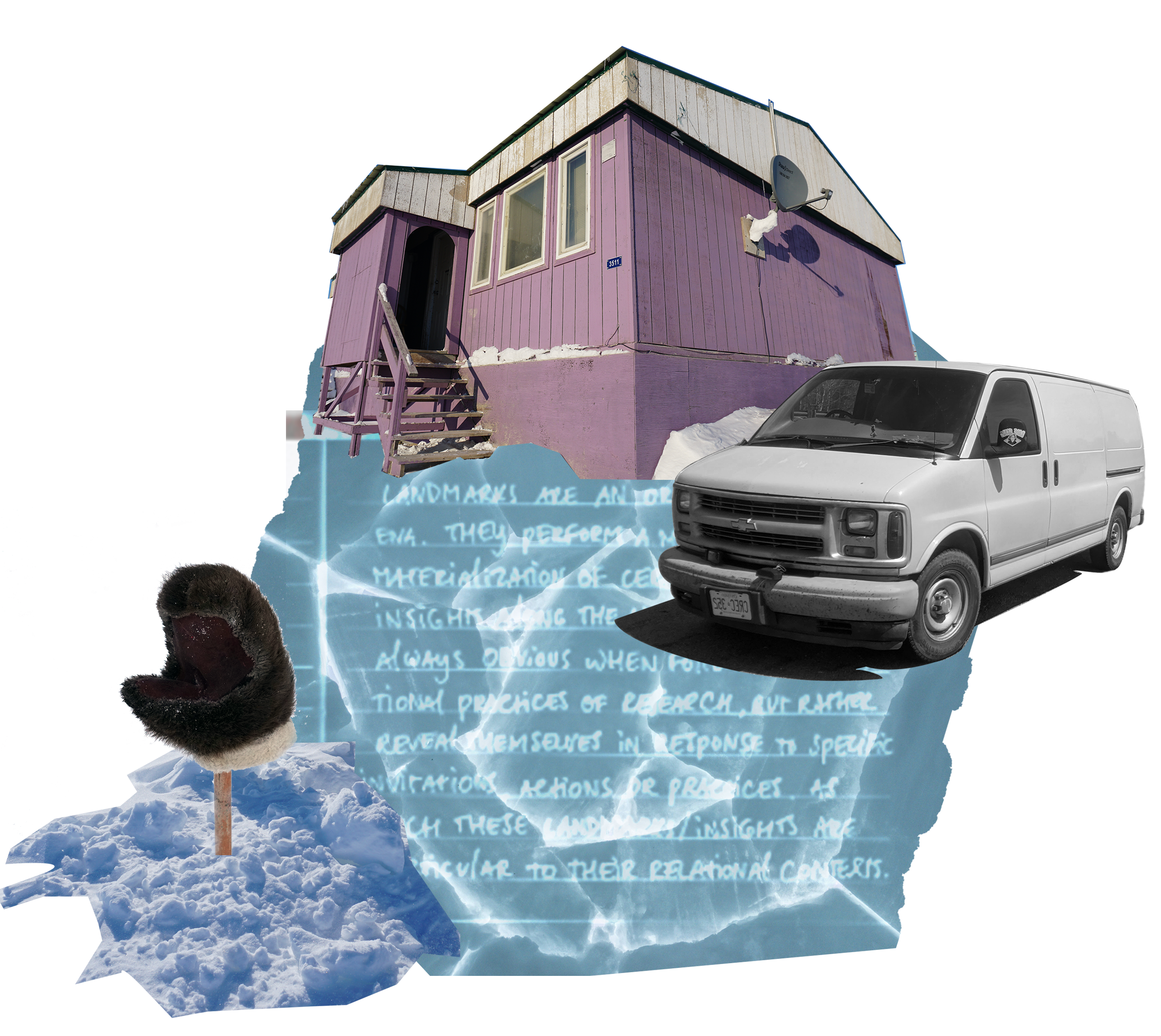Multiple Sites of Enunciation

The concept of an emergent landmark can be helpful in terms of understanding redirecting our perspective away from objective truth,
ICC's Protocol 2 calls for the recognition of Indigenous Knowledge in its own right. Its third directive states that "Indigenous Knowledge must not be translated, integrated into, or validated by science – Recognition, trust and respect must be given to the unique contributions of Indigenous Knowledge as a way of knowing. With a clear understanding that Indigenous Knowledge holds its own methodologies and objectives, one can begin to appreciate the importance of not attempting to translate or integrate one source of knowledge into the other."
This aligns with the principles of ethical engagement, that guide willing partners to ‘appropriately, correctly, and respectfully acknowledge the "that's me" and the "that's you" of their differentiated worldviews' as a crucial requirement to ethically engage with each other (Institute for Integrative Science & Health, 2013b). It enables parties to respects the integrity of each voice and avoid 'cultural confusion'. Cultural confusion is a state in which ‘we no longer know what informs each of our identities and what should guide the association with each other’ (Ermine, 2007 p. 197 ; see also Blackfoot elder Reg Crowshoe in AER, 2014).
When it comes to the "Voices of Thunder" and its anticipated forms of different outputs, we therefore decided it is important to make explicit who "speaks", and how our collaborative authorship is navigated across different ouputs. Based on the tension of our differences, rather than attempting to erase them, we have sought to create multiple sites of enunciation, while maintaining a pragmatic collaboration across them.
Taking our cues from Jones and Jenkins (2008), we conduct a ‘negotiation of voice’- we make explicit who speaks, and how our collaborative authorship is navigated. To clarify which of our respective voices are present, each narrative output states first who ‘we’ refers to in it. Such visible differentiation and shifting of voices, both eliminate the impression that the "Voices of Thunder" address phenomena that are completely disconnected from the academic authors, while it also seeks to avoid speaking from one harmonized voice.
For example, in the motion graphic documentary, the experiences shared by the workshop participants speak through the voices of Gjoa Haven community members themselves. In the academic paper, on the other hand, both the voices and the considerations of the BW scientists are more prominently present, as they rethink their own assumptions, recognize the power-relationships between the “reader” and testimonial “text”, and challenge the comfortable concept of being a ‘distant’ other through a "testimonial reading" (Boler, 1997).
Media or Art that plays with knowledge and perspective (EEE?)
Return to Cut 1 to learn more about what a "testimonial reading" is.
